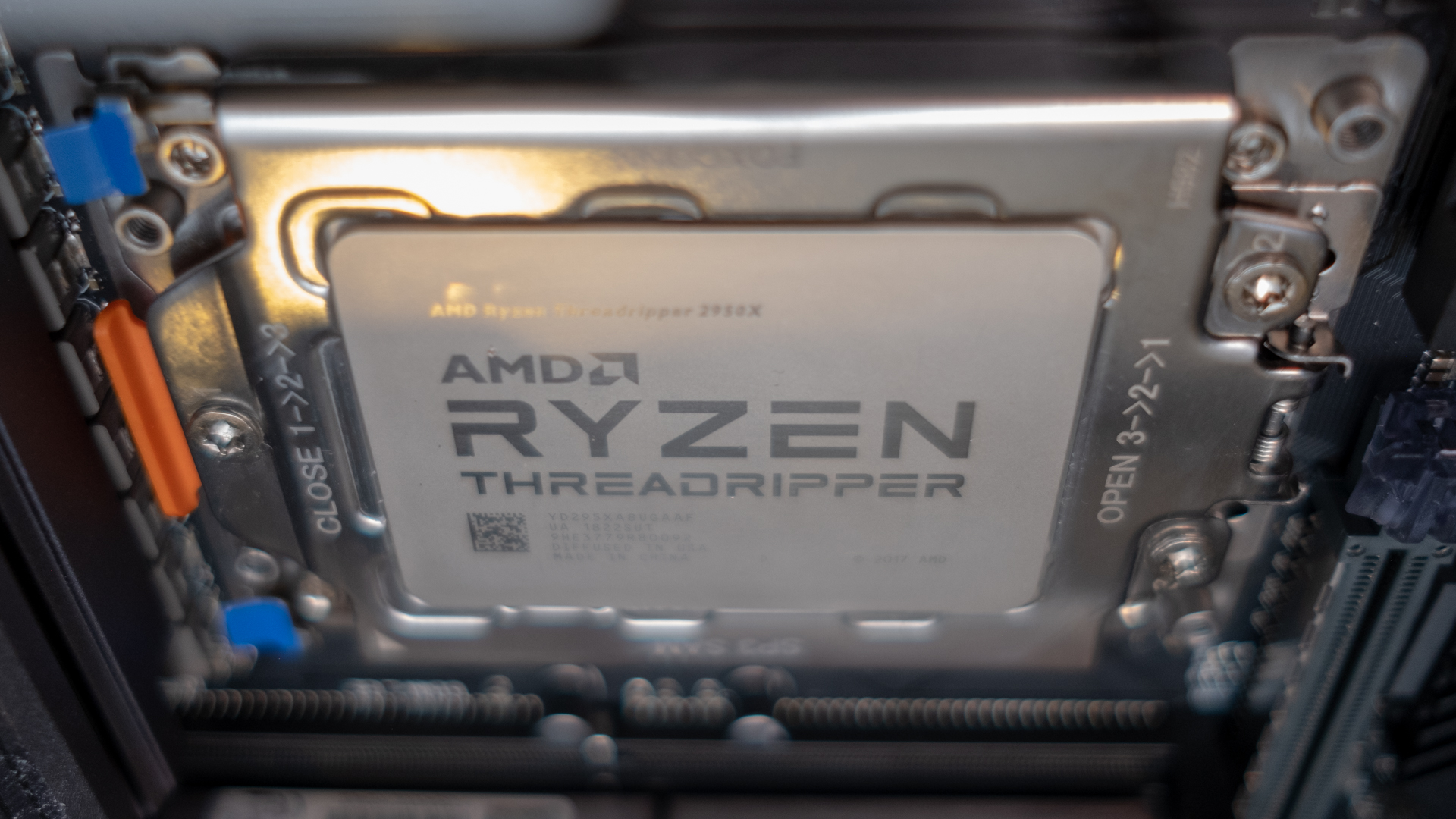New 96-core AMD Threadripper Pro 7995WX tested on unannounced Dell Precision 7875 workstation
Core boost and higher clock frequency should ensure continuing AMD domination

The launch of AMD’s next flagship HEDT processor, the Zen-4 based AMD Ryzen Threadripper Pro is happening soon, and more benchmark numbers (and details) have emerged on the database popular test software, Sisoftware Sandra, cementing its position as one of the fastest CPU to land in 2023.
First discovered by prolific leaker momomo_us, the entry shows that the 7995WX is a 96-core processor (12 chiplets of eight cores each), paired with 96 MB L2 cache and 384 MB L3 cache, a top speed of 5.14GHz and a base clock speed of 3.2GHz.
In comparison, the current flagship Threadripper Pro processor, launched in March 2022, comes with 64 cores and a base lock of 2.7GHz.
The Sisoftware numbers confirm details of a previous August 2023 entry from another benchmark platform, Geekbench. The only difference was the fact that the former was carried out on an unannounced Dell Precision 7875 workstation while the latter was on a HP Z6 G5 workstation PC.
The 7995WX is expected to a 350W TDP which is 25% higher than the previous generation 5995WX and roughly in line with the 360W delivered by the server-oriented EPYC 9654, AMD’s other Zen-4 based 96-core CPU. The latter has a base clock of 2.4GHz, an all-core boost speed of 3.55GHz and a max. boost clock of 3.7GHz.
Unlike their server EPYC counterpart, AMD Ryzen Threadripper Pro parts have seen a reasonable fall in price with the 5995WX seeing a 10% depreciation over 18-months ($5799 down from $6499 at Newegg), hinting at significant demand for the workstation part.
What about Intel?
Recent leaks (as reported by Tom's Hardware) have shown that Intel may be preparing to take on AMD in the workstation market with new Xeon W processors based on the Emerald Rapids CPU family and its Fishhawk Falls platform.
Sign up to the TechRadar Pro newsletter to get all the top news, opinion, features and guidance your business needs to succeed!
Intel currently tops at 56-core with the Xeon W-3495X launched earlier this year with a 350W TDP, a new product would need to significantly increase the core count in order to catch up with AMD.
One way Intel could proceed is by embracing the power + efficiency paradigm that it has pushed on the desktop and laptop fronts, one that reduces the thread count and pushes the core count up by mixing high performance and low power cores, emulating decade-old Arm’s big.LITTLE strategy.
More from TechRadar Pro

Désiré has been musing and writing about technology during a career spanning four decades. He dabbled in website builders and web hosting when DHTML and frames were in vogue and started narrating about the impact of technology on society just before the start of the Y2K hysteria at the turn of the last millennium.